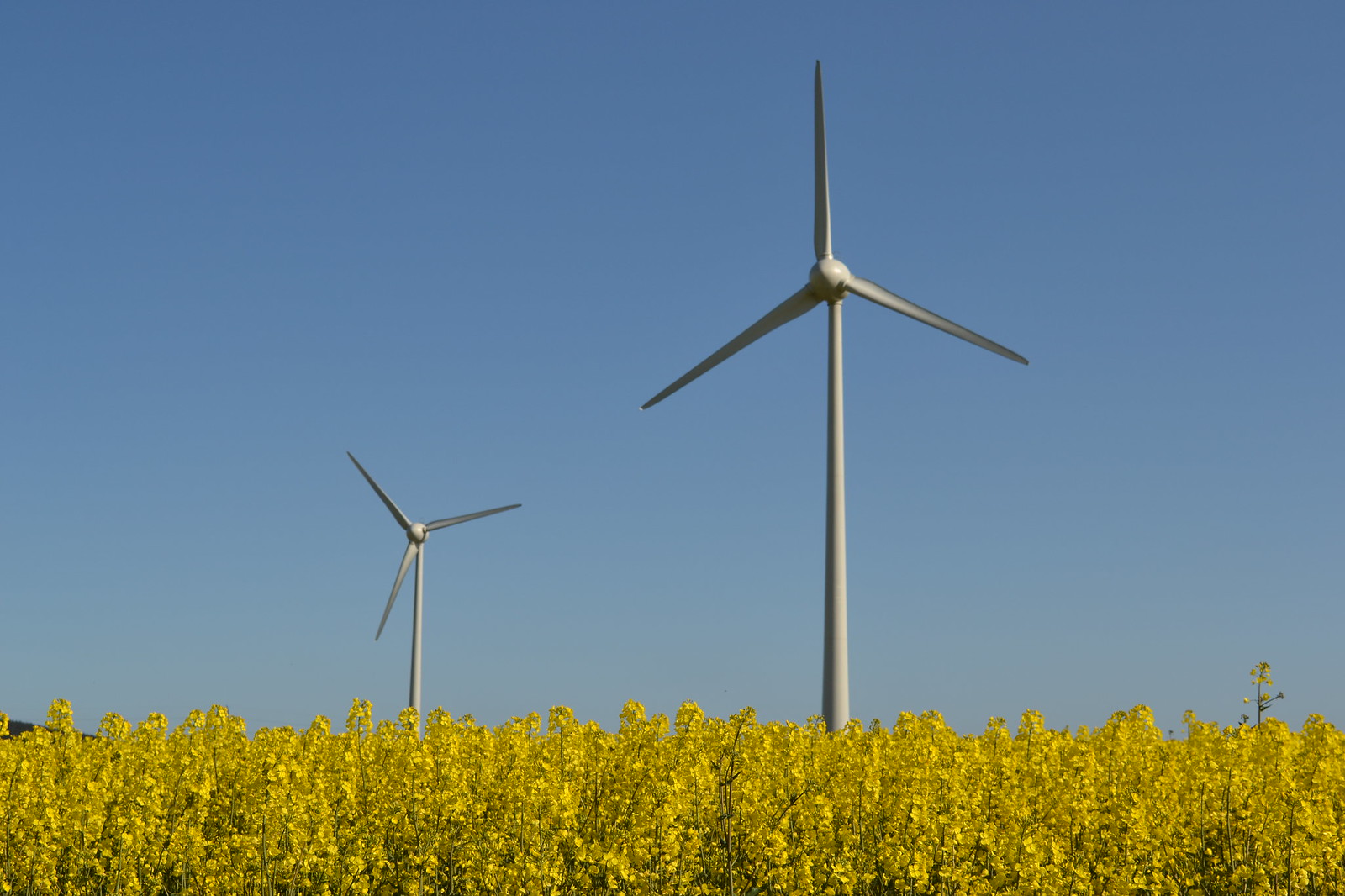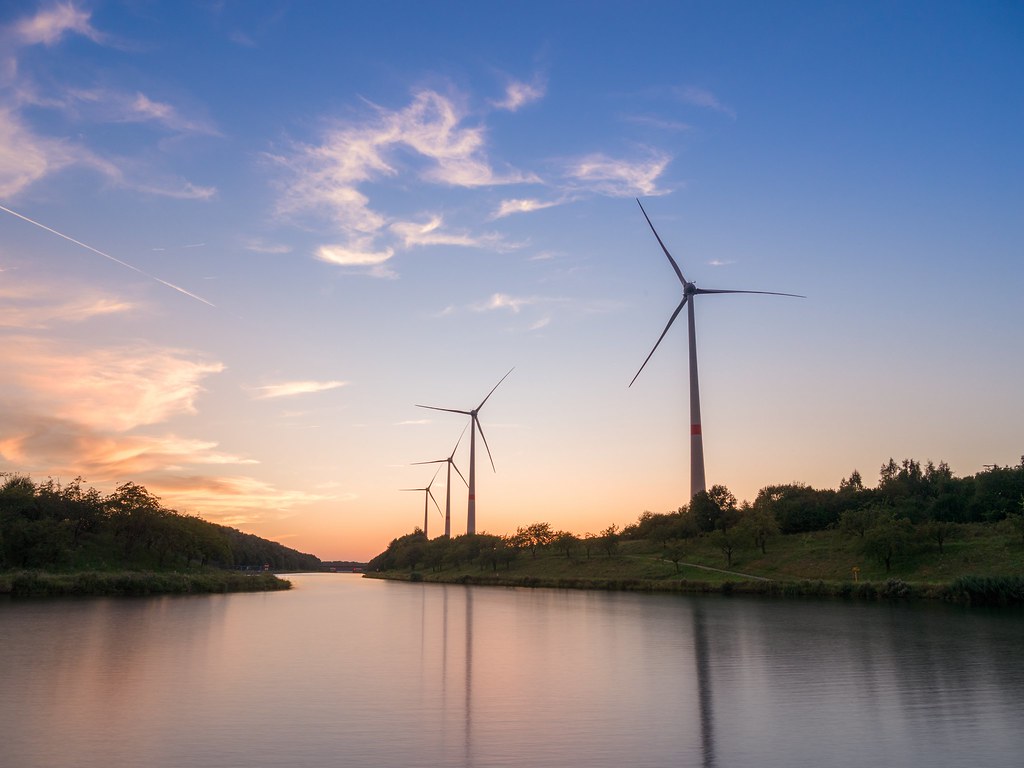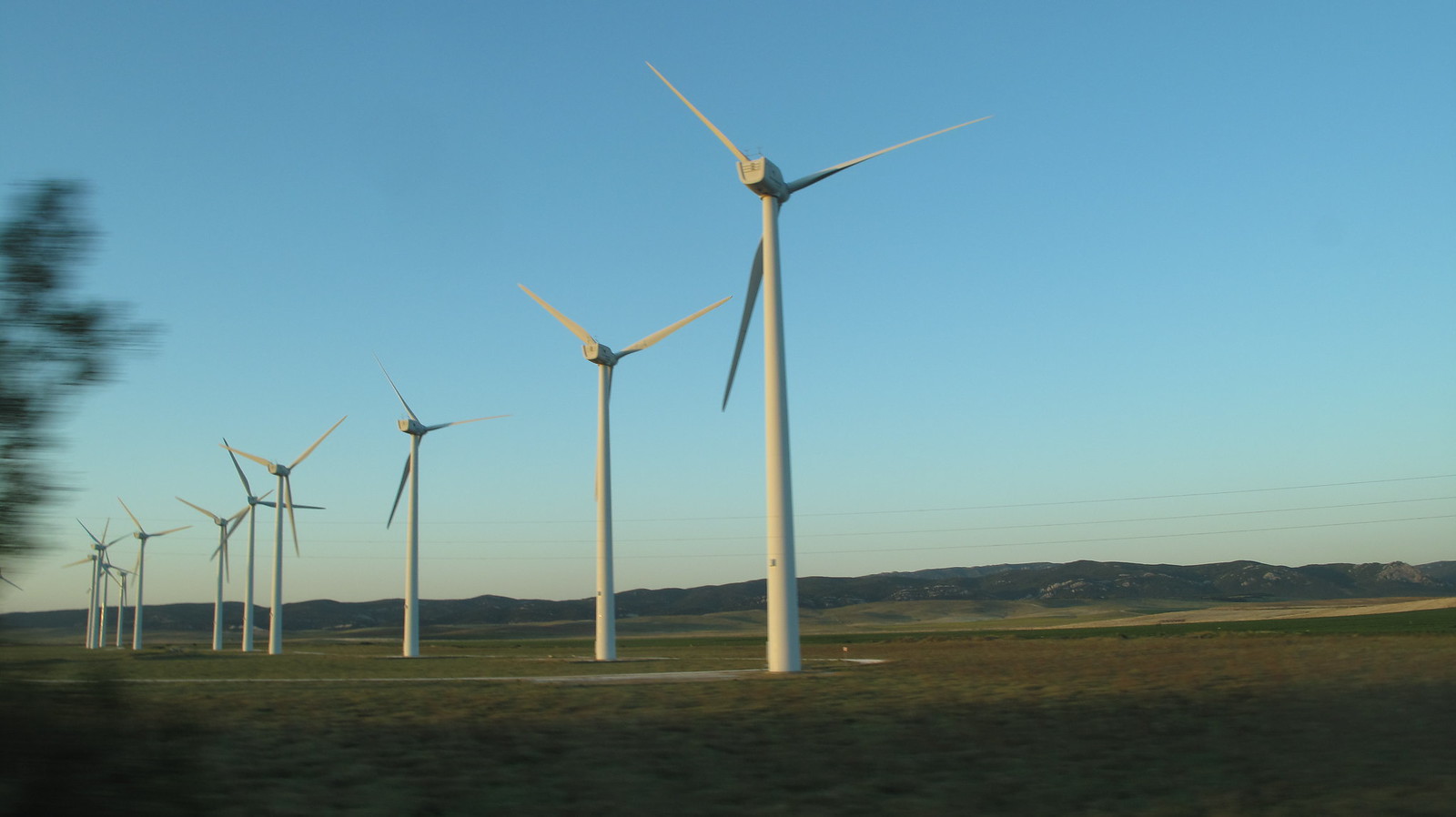How Does Australia Plan to Transition to Net Zero Emissions by 2050?

The Victorian and New South Wales Governments are each investing $10 million in grant funding to co-deliver the Hume Hydrogen Highway (HHH) program. Hydrogen Industry Leaders investigates how Australian-first renewable hydrogen refuelling network plans to kickstart the high-potential hydrogen-for-transport sector.
The program will support the design and delivery of the HHH between Melbourne and Sydney, which is Australia’s busiest freight corridor. It will capitalise on the potential of renewable hydrogen, creating long-term jobs and supporting the state’s transition to net zero emissions by 2050.
In addition to this, the program will support the development of at least four refuelling stations along the Hume highway, supporting approximately 25 hydrogen-powered long-haul heavy freight vehicles to adopt zero-emission technology, such as fuel cells.
One of the large and growing sources of greenhouse gas emissions is the transport sector, with it amounting to a total of £25% of Victoria’s total carbon emissions.
Therefore, switching to renewable hydrogen can provide opportunities to achieve significant reductions in these emissions, reducing the amount of air pollution.
As part of the Victorian Government’s clean energy transition, it will help support Victoria’s long-term target of net-zero greenhouse gas emissions by 2050. It will also support the Government’s objectives outlined in the 2021 Renewable Hydrogen Industry Development Plan.
The plan sets out the blueprint for how the Government supports the growth of this high potential sector. By creating the foundations and connecting the economy, it’s signifying the state’s position as a renewable hydrogen leader.

